Manufacturers must contend with an increasingly complex value chain, higher demands for quality and product documentation, predictable deliveries, as well as tough competition and cost pressures. Read how Infor CloudSuite makes production smarter.
The concept of Industry 4.0 has been around for years. It describes the fourth industrial revolution, an industrial paradigm shift where internet-related technologies merge with production and products.
“For businesses to harness the opportunities that Industry 4.0 offers, there’s a need for flexible business systems and IT solutions that can integrate with new technologies," says Per Christian Øen, Business Solution Director at Columbus.
Among the technologies that form the foundation of Industry 4.0, we find IoT (Internet of Things/Internet-connected sensors), data collection and analysis, 3D printing, the cloud, next-generation mobile networks (5G), augmented reality (AR), artificial intelligence, and machine learning.
These technologies are also the basis for five important trends highlighted in Gartner's recent report. The report recommends that management in all production companies consider the following:
- Remote work and remote control
- Autonomous machines
- Further automation
- Intelligent interconnected business models
- The smart factory
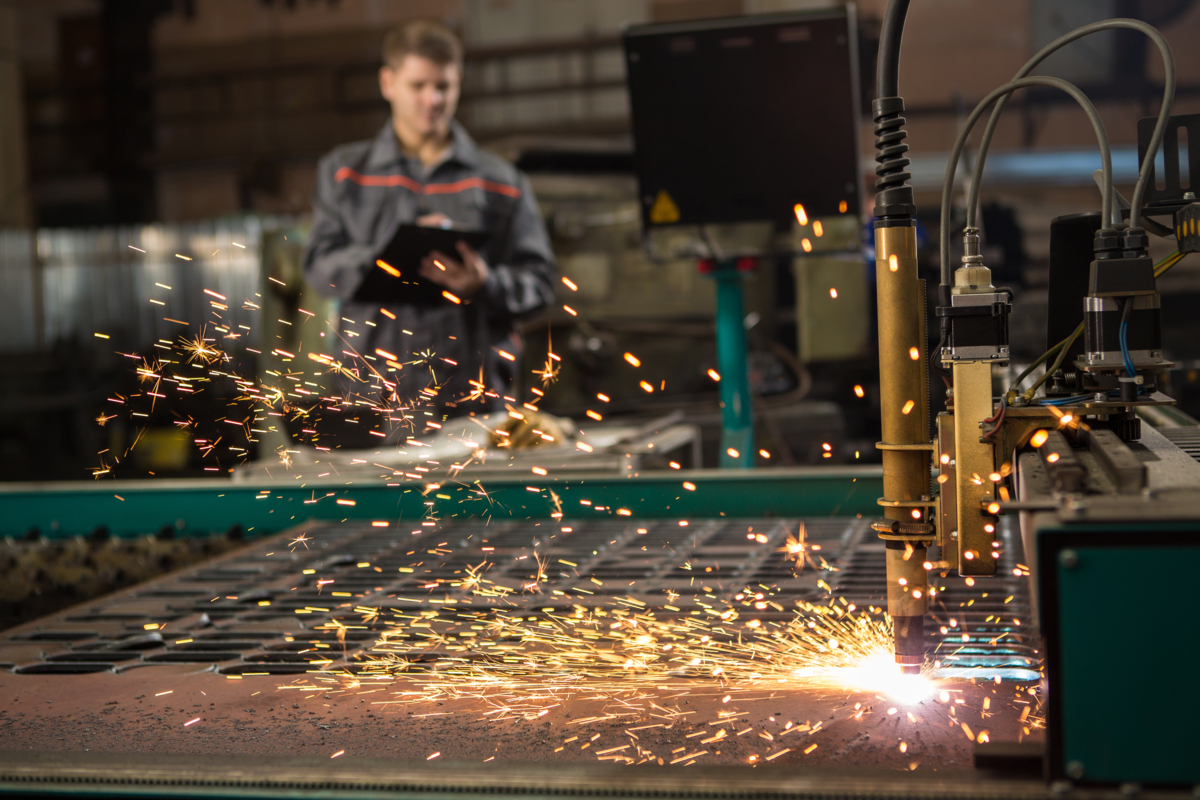
“To take part in these trends, businesses need robust business systems such ERP systems (enterprise resource planning). Traditional, older solutions, known as on-premises solutions, are becoming outdated when we talk about Industry 4.0," continues Per Christian Øen.
“What manufacturers require is an industry-specific solution developed to address the industry's unique needs. It should be a solution that is continuously updated in the cloud, enabling them to fully harness both current and emerging technologies," he emphasizes.
The five trends in Industry 4.0
Let's take a closer look at the five trends from Gartner.
- Remote work and remote control – the post-Covid workplace
The old truth that factory workers must be physically present at the factory no longer applies. Remote control of vehicles, machines, and even entire factories is becoming more common. However, for businesses to offer a complete digital experience and a seamless transition between virtual and physical presence in the workplace, their ERP platform needs to support this. Additionally, new methods of leadership, security guidelines, and digital customer service are required.
- Autonomous entities
Autonomous or self-contained entities use artificial intelligence (AI) to navigate, operate, and automate tasks that were previously performed by humans. Each entity must be capable of performing defined tasks without human involvement. Automation with autonomous entities goes beyond rigid programming models and leverages AI to deliver advanced operations that interact more naturally with the environment and humans.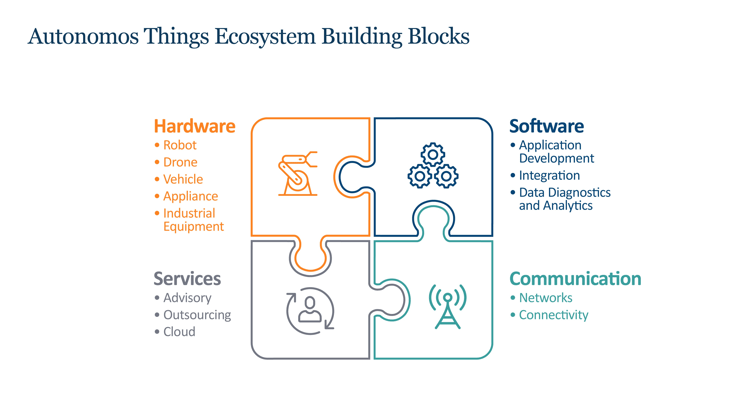
- Hyperautomation
Using new technologies, production companies can further automate internal and external operations. This can be achieved by automating repetitive, transactional processes using improved robotics and artificial intelligence.
Over time, increasingly sophisticated processes will be "hyperautomated" across verticals such as product development, manufacturing, supply chains, sales, marketing, and customer service. There is significant potential for entire business models to be transformed through such automation.
- Intelligent interconnected business models
An intelligent, interconnected business model, known as a composable business, is constructed using a modular approach that links various possibilities, technologies, and business models together to best support a range of goals.
To achieve the greatest impact with this modular approach, the current culture, organizational structure, and management need to be adjusted or reset. If this happens, an intelligent interconnected business model can lead to rapid transformation in selected business areas.
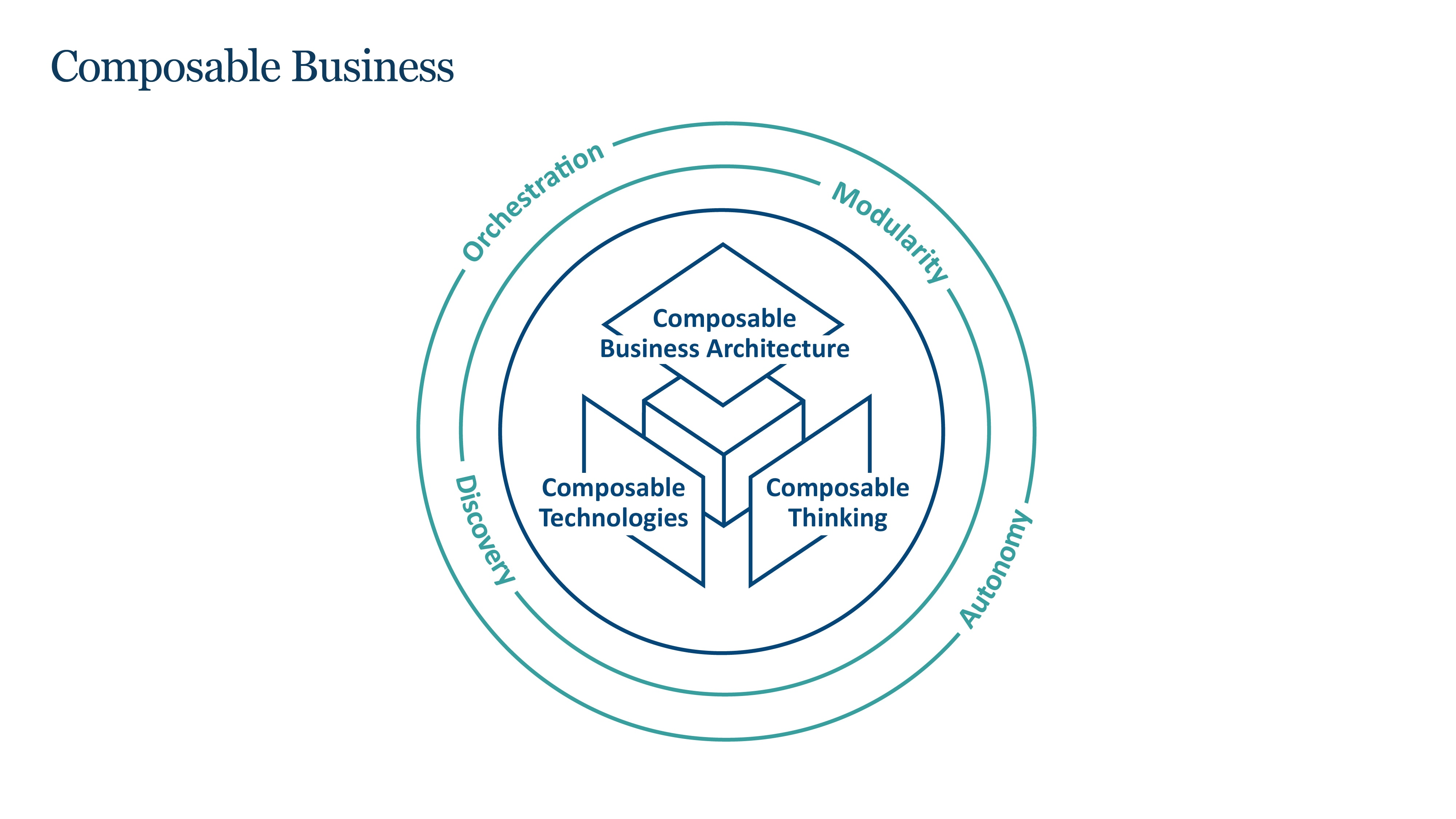
- The smart factory
The core of the smart factory is standardization, ensuring consistency, stability, transparency, and control. The smart factory relies on the ability of the business and ERP platform to leverage both older and modern technologies to create flexible, self-adapting production.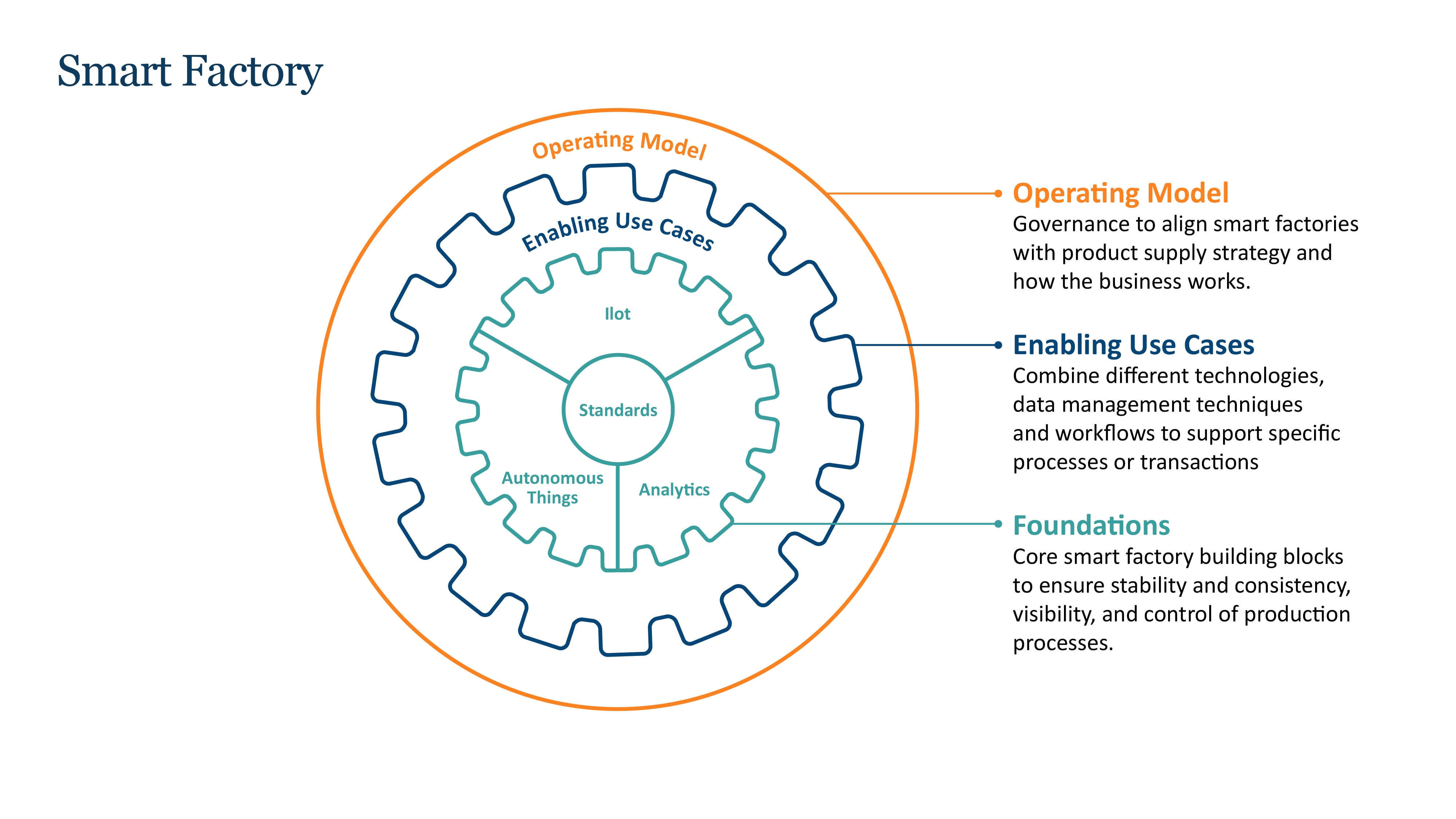
Four main reasons to choose Infor CloudSuite and Columbus
To participate in the fourth industrial revolution, a company must have a modern and agile business system tailored to the unique requirements of each individual industry vertical while effectively managing both current and future technologies. This is only possible with a cloud-based business system like Infor CloudSuite, which provides four significant competitive advantages:
-
Industry-specific solutions with deep functionality for manufacturing and industrial companies. Implementation is mostly configuration and not development.
-
Short implementation time based on functionality and APIs for key third-party solutions.
-
Multi-tenant cloud solution with continuous updates and a very low total cost of ownership (TCO) compared to many competitors.
-
Columbus specializes in selected industries, and manufacturing is one of them.
Together, these four points are closely interconnected, reinforcing the importance of considering Infor CloudSuite and Columbus as top choices for all stakeholders in the manufacturing industry when implementing a new ERP system.
Specialized industry solutions
Infor has selected several industries where they provide market-leading business systems. In these chosen industries, Infor has developed solutions tailored to micro-verticals.
“This means that in the manufacturing industry, there are customizations for assembly line production, process industry, and chemical production," says Per Christian Øen. 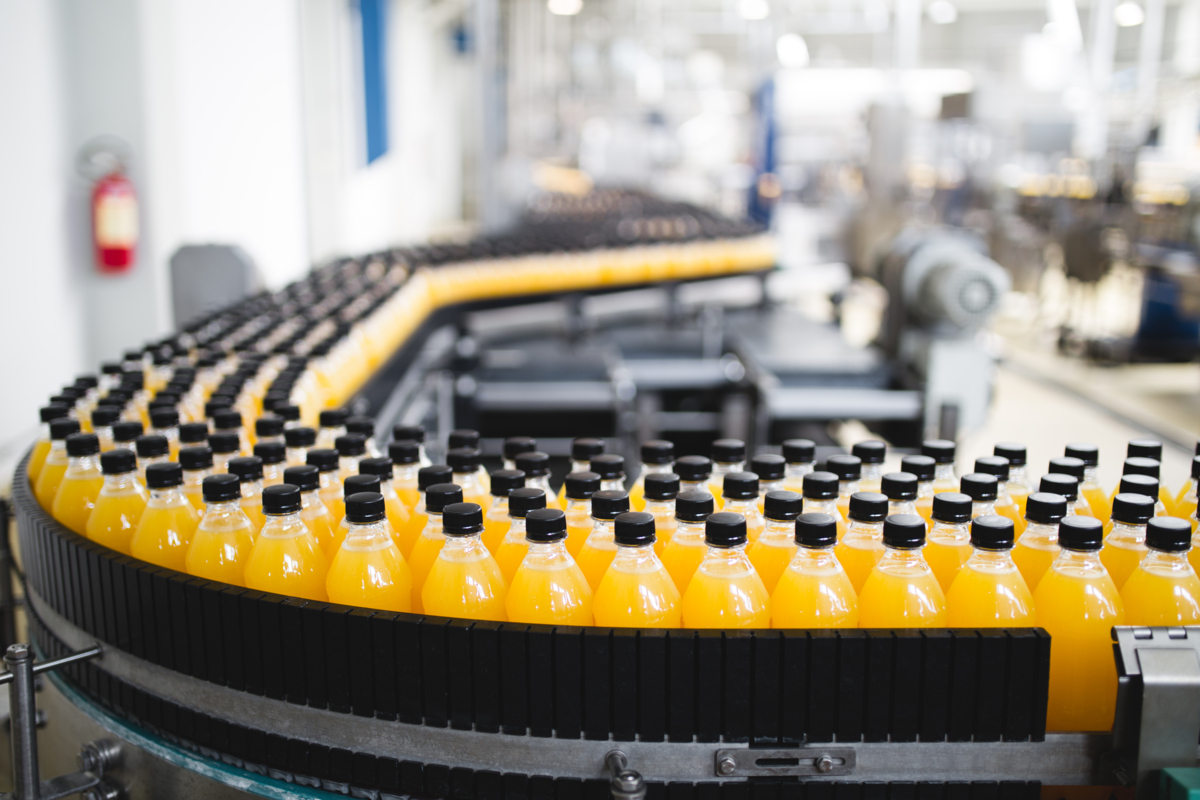
Infor invests three million dollars annually in research and development for systems targeting these micro-verticals. The result is that these industry-specific solutions come with extensive deep functionality tailored to each vertical.
For example, chemical production has many specific requirements for content, documentation, storage, and quality. This functionality is part of the solution. Therefore, implementation becomes a configuration job rather than ERP system development.
For some competitors, this is handled by their partner network, resulting in solutions that are less tailored to specific industries. In addition, these feature-rich industry solutions significantly shorten the implementation time for the powerful ERP system, Infor CloudSuite, compared to most competitors.
Infor has developed a 60–30–10 methodology where 60 percent of the solution is delivered "out of the box," 30 percent of the delivery consists of configurations tailored to the industry and vertical, while the remaining 10 percent of ERP implementation involves development and integrations specific to each company.
“One of the great advantages of Infor's cloud platform is Infor OS. It supports development and customization with minimal need for coding," says Per Christian Øen at Columbus.
Multi-tenant solution
Organizations across all industries are increasingly focused on avoiding long, resource-intensive, and often risky IT projects. The emphasis has shifted towards starting IT projects quickly and reaping benefits from chosen systems early. To meet these needs, opting for a multi-tenant cloud solution is the solution.
The trend of migrating heavier systems to the cloud has not only persisted but intensified. In recent years, this trend has expanded to encompass critical ERP systems that manage finance, production, logistics, and various other components of the value chain. However, significant differences exist among ERP systems in their progress toward becoming true, full-fledged multi-tenant cloud platforms.
A multi-tenant approach involves a single software solution and its surrounding infrastructure serving multiple customers. This means that customers share the software and a database, while each customer's data remains isolated and invisible to others using the same software and database. The significant advantage of this approach lies in smoother system integration and lower total operating costs compared to traditional methods.
“Right now, Infor is several years ahead of competitors in terms of multi-tenant cloud solutions. On the path to developing a true cloud platform, Infor has focused on developing integration interfaces, APIs, with the best and most widely used IT solutions in the manufacturing industry," says Per Christian Øen at Columbus.
APIs ensure fast integration
Ready-made APIs also contribute to making the implementation easier and faster. Integrating with solutions from other vendors is often a significant and challenging task in many ERP projects, but with Infor CloudSuite, most integrations become easier with the ready-made APIs.
Infor's cloud platform offers the flexibility to easily incorporate various solutions and add-ons, including seamless integration with mobile apps and devices. The system is also designed to utilize advanced analytics, leveraging AI technology to streamline the value chain, facilitate predictive maintenance, and make forecasts regarding market development and demand in specific market segments.
As commonly acknowledged, a cloud-based ERP solution presents several advantages over traditional on-premises ERP systems. The system undergoes continuous updates, significantly reducing the need for extensive and costly update projects. This enhanced flexibility and scalability enable swift adaptation to changes stemming from manufacturers, market dynamics, or industry trends.
Infor CloudSuite receives monthly updates, including everything from solution optimization to the development of new functionalities aimed at supporting industry best practices and addressing emerging market trends.
If you would like more information, please feel free to contact us.
